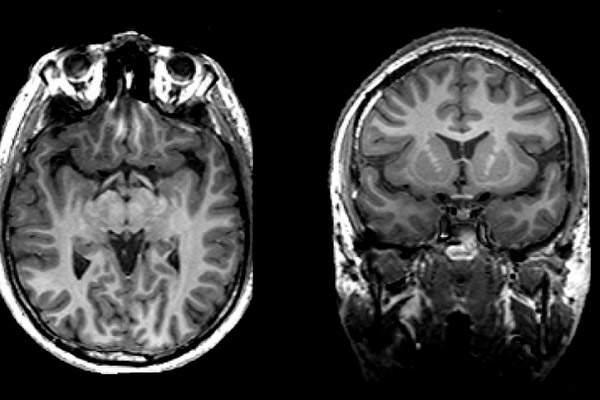
About 40,000 years ago, modern humans arrived in Europe. And they came into contact with Neanderthals--a human species that had flourished in Europe for more than 200,000 years.
But relatively soon after modern humans showed up, Neanderthals disappeared as a distinct species. And it's not because modern humans were stronger. By all accounts, Neanderthals were the stronger and bulkier species.
It's also not because modern humans were necessarily smarter. Neanderthal brains were actually a bit larger than modern human brains. But, early modern human brains were different in one particular way that might have given them a big advantage.
Digital Models Of Neanderthal Brains
Scientists discovered this by using Neanderthal skulls to create digital models of Neanderthal brains and comparing them to digital models of human brains that were warped to fit the shape of the inside of Neanderthal skulls.
The scientists found that modern humans have a larger cerebellum than Neanderthal brains. The cerebellum is the part of the brain associated with speech and speech comprehension, working memory, and cognitive flexibility.
So, modern humans likely had a big advantage in terms of being able to adapt to a changing climate and environmental conditions. And, our greater cognitive and social abilities may have enabled humans to live in larger groups and form alliances.
All of which may have allowed modern humans to outhunt and generally outcompete Neanderthals. But, Neanderthals didn't disappear completely. In fact, due to interbreeding between the species, many of us carry Neanderthal genes in our DNA.
Sources And Further Reading:
- Newborn, Deborah. "The shape, not size, of our ancestors' brains may have helped them outlast Neanderthals." Phys.org. April 29, 2018. Accessed August 1, 2018.
- Takanori Kochiyama, Naomichi Ogihara, Hiroki C. Tanabe, Osamu Kondo, Hideki Amano, Kunihiro Hasegawa, Hiromasa Suzuki, Marcia S. Ponce de León, Christoph P. E. Zollikofer, Markus Bastir, Chris Stringer, Norihiro Sadato & Takeru Akazawa. "Reconstructing the Neanderthal brain using computational anatomy." Scientific Reports. Scientific Reportsvolume 8, Article number: 6296 (2018). April 26, 2018. Accessed August 1, 2018.









